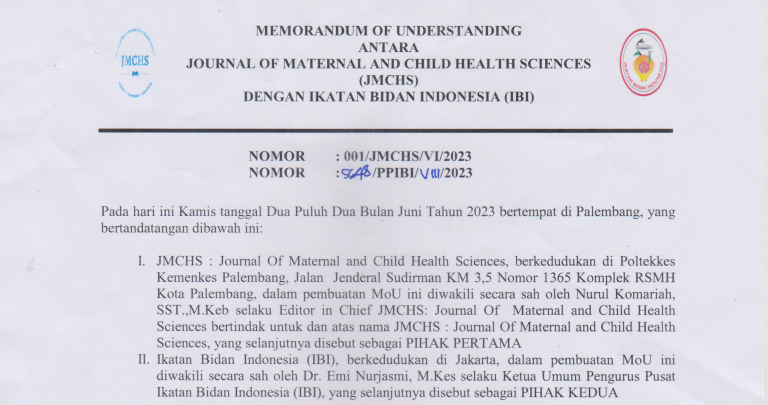The Relationship Between Knowledge Of Women Childbearing Age And Early Detection Of Breast Cancer
Abstract
According to 2018 World Health Organization data, the most common cancer incident in Indonesia is breast cancer, namely 58,256 cases or 16.7% of the total 348,809 cancer cases. Cancer is the second leading cause of death in the world at 13% after cardiovascular disease. It is estimated that by 2030 the incidence of cancer could reach 26 million people and 17 million of them will die from cancer, especially in poor and developing countries, the incidence will be faster. (Sari et al., 2020) The method used in this research is an analytical survey with a cross-sectional approach where data relating to independent variables or risks and dependent variables or impact variables, will be collected at the same time (Notoatmodjo, 2012). The data collection method in research uses primary data, where data is taken directly from the source, observed and recorded for the first time. Data testing was carried out using the chi-square statistical test with a confidence level of 95% and a significance level of 5%, meaning that the risk of making a wrong decision to reject the correct hypothesis is as much as 5%. knowledge of women of childbearing age regarding early detection of breast cancer (Awareness) in the UPTD Working Area of the Semulajadi Health Center in 2023. The results of the research showed that from 82 respondents, it was found that 38 people (46.3%) had poor knowledge and were not aware. Those who did so were 44 people (53.7%). KEYWORDS: breast cancer, awareness, knowledge, childbearing age
Copyright (c) 2024 Journal of Maternal and Child Health Sciences (JMCHS)

This work is licensed under a Creative Commons Attribution-ShareAlike 4.0 International License.
Authors who publish with this journal agree to the following terms:
- Authors retain copyright and grant the journal right of first publication with the work simultaneously licensed under a Creative Commons Attribution License that allows others to share the work with an acknowledgement of the work's authorship and initial publication in this journal.
- Authors are able to enter into separate, additional contractual arrangements for the non-exclusive distribution of the journal's published version of the work (e.g., post it to an institutional repository or publish it in a book), with an acknowledgement of its initial publication in this journal.
- Authors are permitted and encouraged to post their work online (e.g., in institutional repositories or on their website) prior to and during the submission process, as it can lead to productive exchanges, as well as earlier and greater citation of published work












